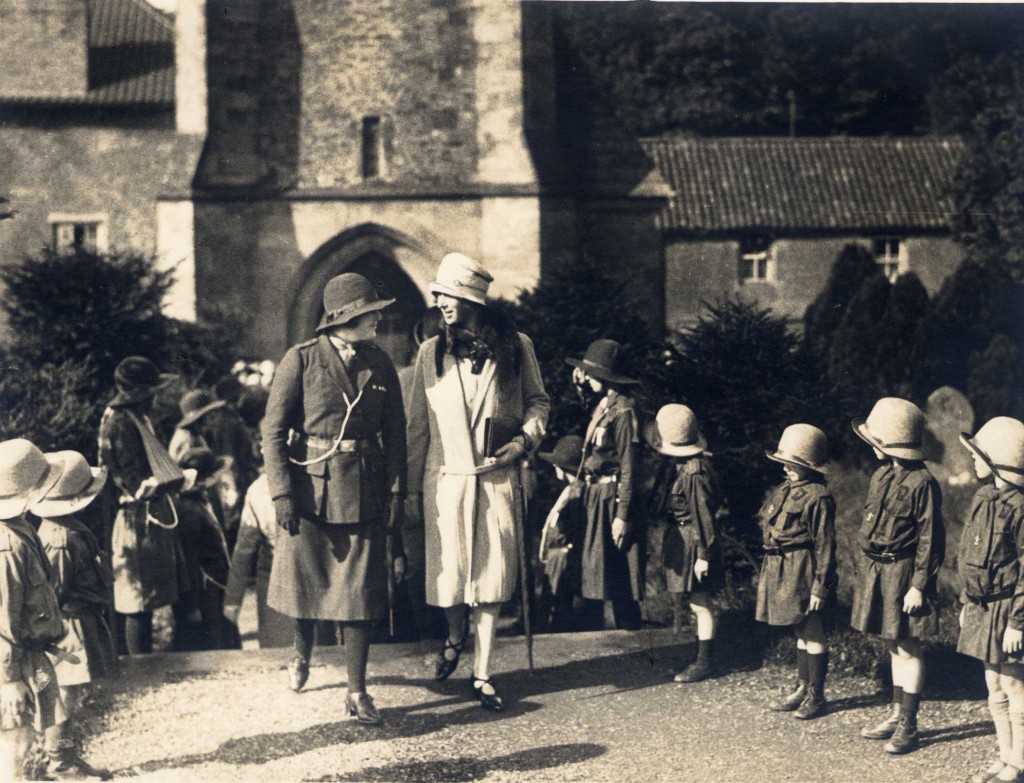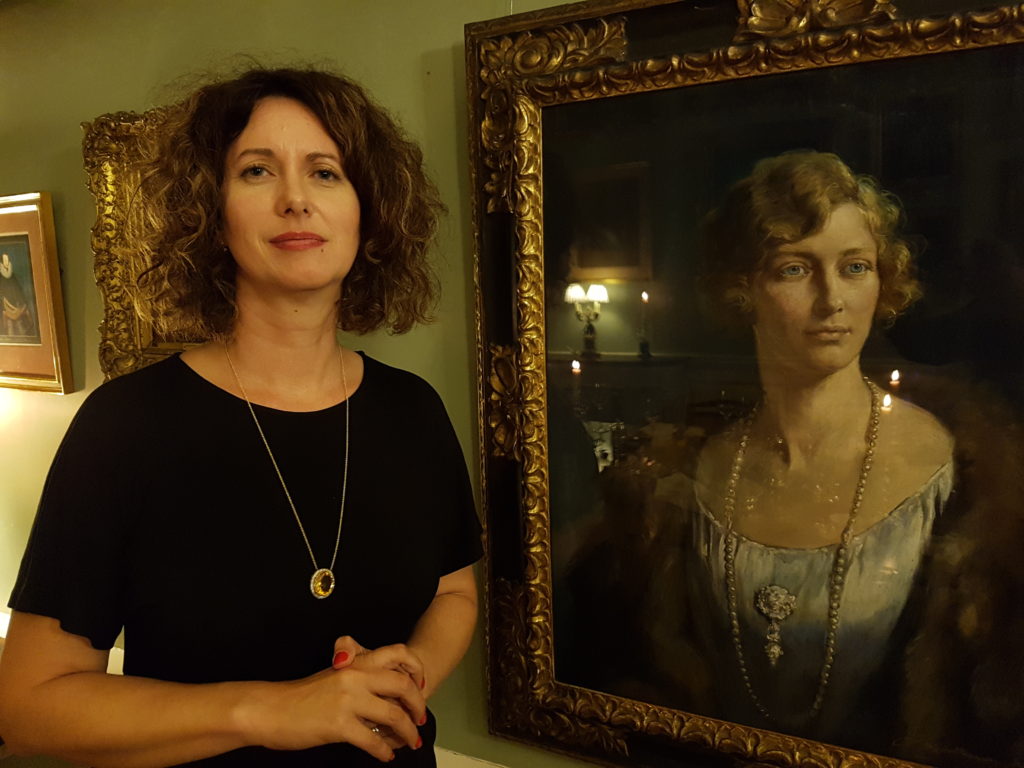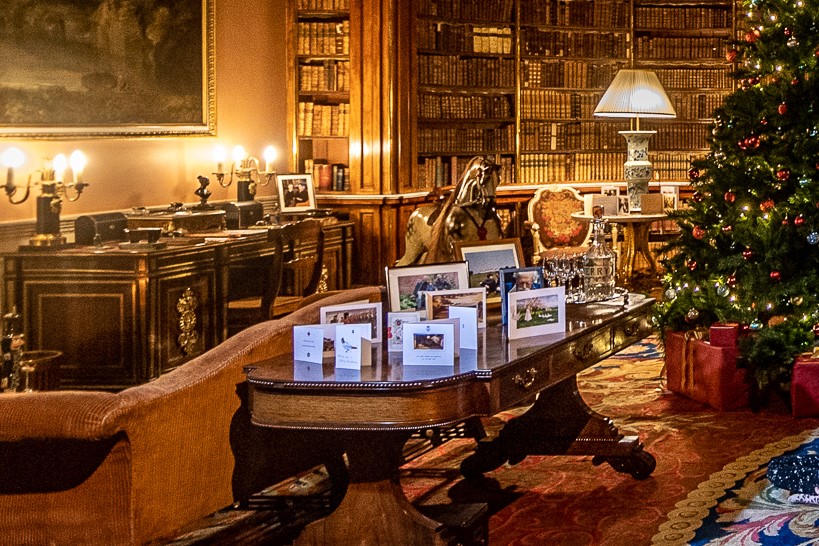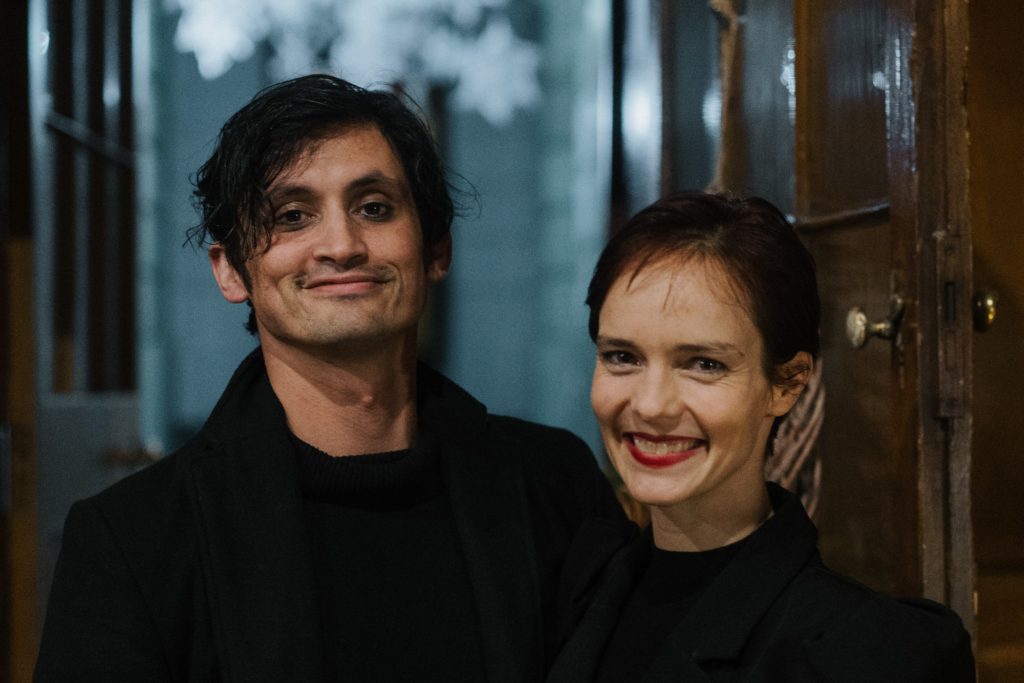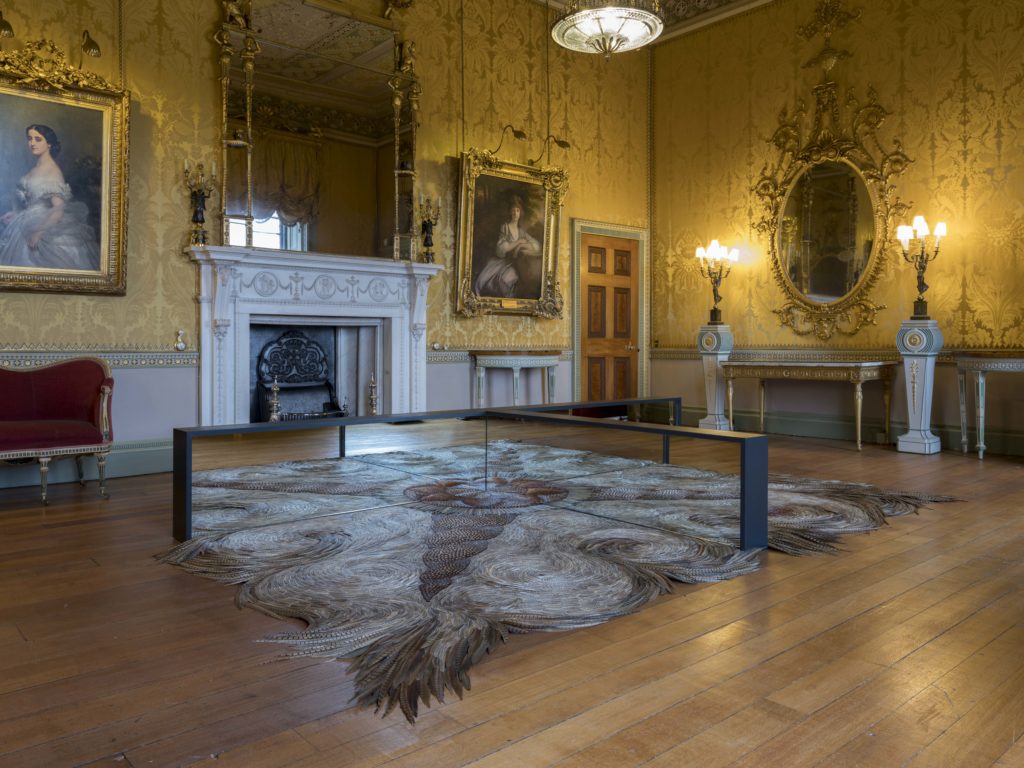 Installed behind currently closed doors, waiting to be revealed in the beautiful 18th century rooms of Harewood House is a new exhibition by Kate MccGwire, an artist who makes sculptural works and installation from feathers.
Installed behind currently closed doors, waiting to be revealed in the beautiful 18th century rooms of Harewood House is a new exhibition by Kate MccGwire, an artist who makes sculptural works and installation from feathers.
Due to open on 21st March, we will now have to wait until later this year to present it.
As a country house with a 30 year history of working with great contemporary artists, Kate MccGwire is someone we had wanted to work with for a long time. 2020 offered the perfect opportunity as we celebrate the 50th anniversary of Harewood’s Bird Garden and collection. It wasn’t an ornithological exhibition about the bird collection that we wanted. It was an exhibition that reflected something of the unique ‘otherness` of a bird and would cause our visitors to reflect, stop and wonder at the micro beauty of a…feather, that remarkable, protective, resilient but fragile material that forms the basis of all of MccGwire’s sculptures, transformed by her into extraordinary, sometimes, disturbing objects.
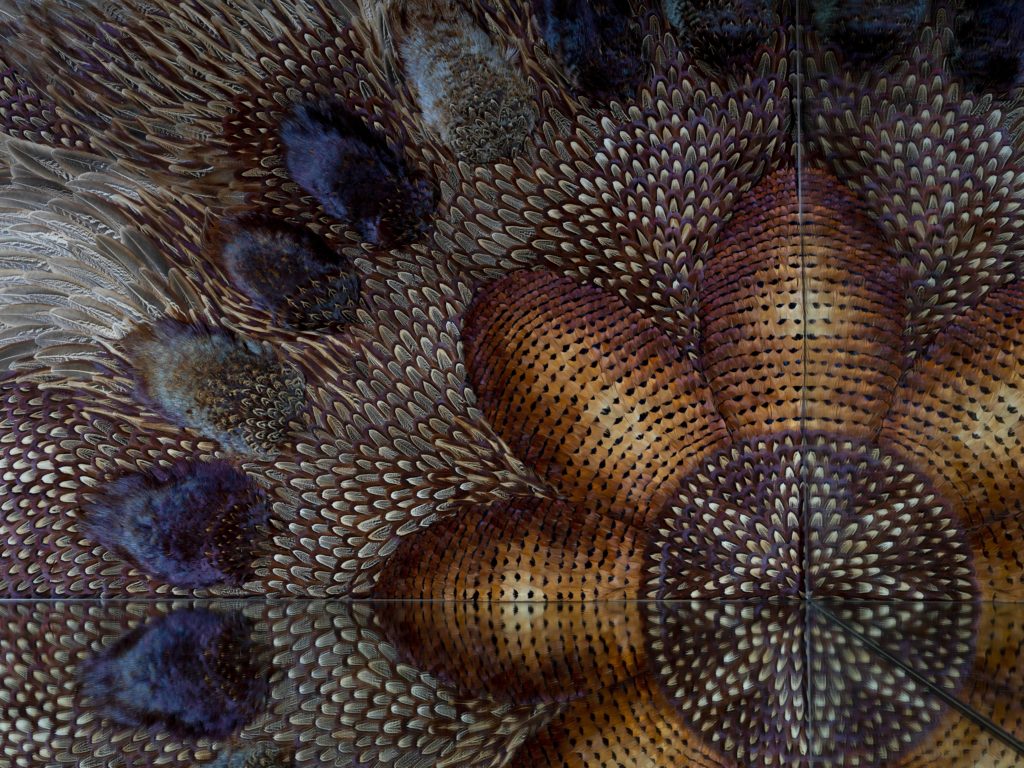
While the Harewood bird collection is set up to protect rare and exotic birds and endangered species, this artist turns the spotlight on the common bird questioning commonplace perceptions and prejudices. A pigeon may not be our favourite bird, even invoking disgust in some people, but MccGwire’s sculptures strips that away revealing their inherent beauty.
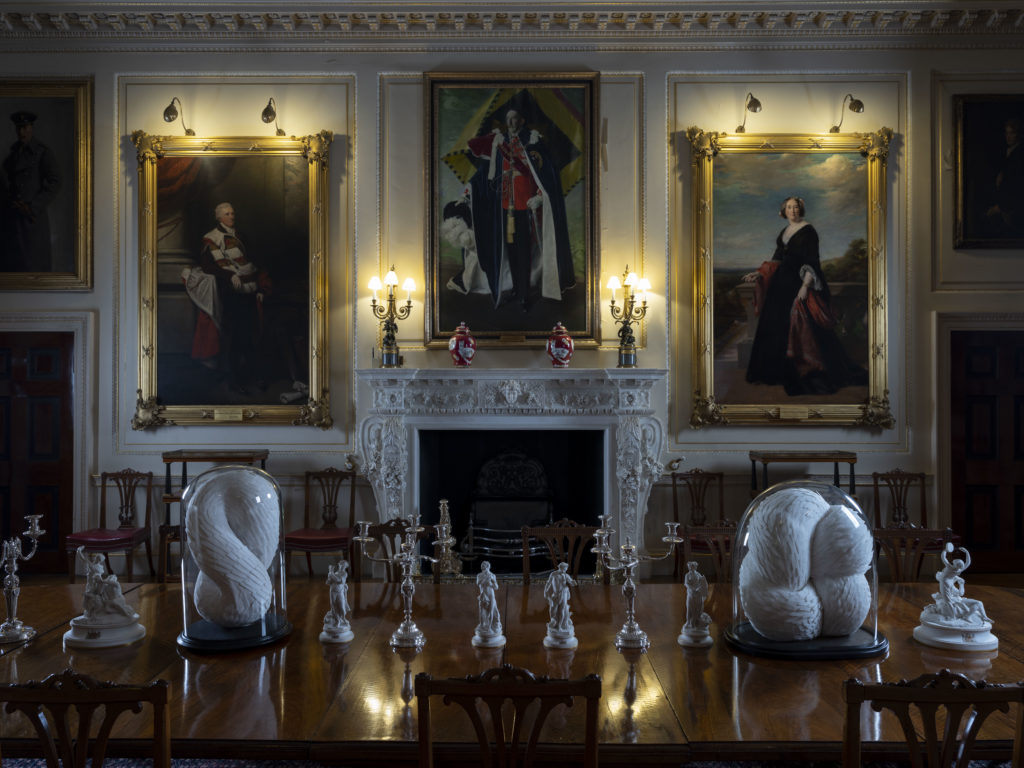 The feathers here come not from rare or exotic species, but from pheasants, pigeons and magpies, harvested or donated by farmers, gamekeepers and pigeon fanciers. Transformed into works of art, their particular qualities are revealed and celebrated; iridescent colours and incredibly detailed markings – each one unique like a human thumb print, giving new insights on both the source material and the way the artist uses that to explore more abstract concepts.
The feathers here come not from rare or exotic species, but from pheasants, pigeons and magpies, harvested or donated by farmers, gamekeepers and pigeon fanciers. Transformed into works of art, their particular qualities are revealed and celebrated; iridescent colours and incredibly detailed markings – each one unique like a human thumb print, giving new insights on both the source material and the way the artist uses that to explore more abstract concepts.
Follow us on instagram and facebook to keep up to date with stories and the latest news relating to the closure. You can find out more about Menagerie
